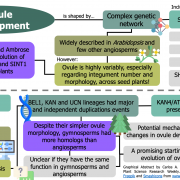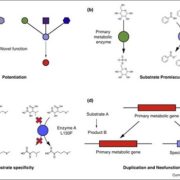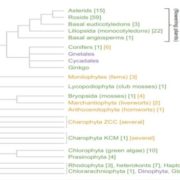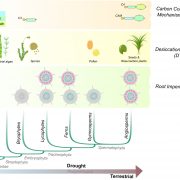Plant size: a key determinant of diversification
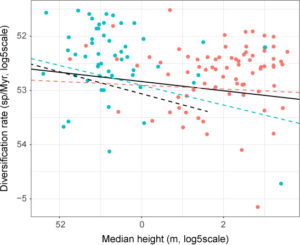
Diversification in plants is driven by many factors, but one trait, plant size, has been systematically overlooked, in contrast with the zoological field where the influence of body size on diversification has long been recognized. In this Viewpoint paper, Boucher et al. try to convince us why we should consider this trait. Using height as a proxy for plant size, the authors discuss how the characteristics of small plants might affect the rate and probability of speciation and extinction by processes like dispersal distance (with smaller plants dispersing seeds over shorter distances), fine-scale environmental perception (with smaller plants responding better to multiple fluctuating factors), population size and density (with stronger selection pressure on small plants and more effective transfer of pollen for outcrossing), and generation time (with smaller plants having shorter generation times). In addition, through a meta-analysis of a global database of plant traits, the authors show there is a negative correlation between plant height and diversification rates, mainly driven by families with species of shorter herbaceous plants. Altogether, they suggest that with all else being equal, small plants should have higher speciation rates and lower extinction rates than large plants, with the reduced scale for gene flow and stronger selection pressure accounting for higher speciation rates, and the higher population sizes accounting for the lower extinction rates. Thus, plant size should be considered when studying plant diversification and speciation. (Summary by Gaby Auge) New Phytol. doi: 10.1111/nph.14697


